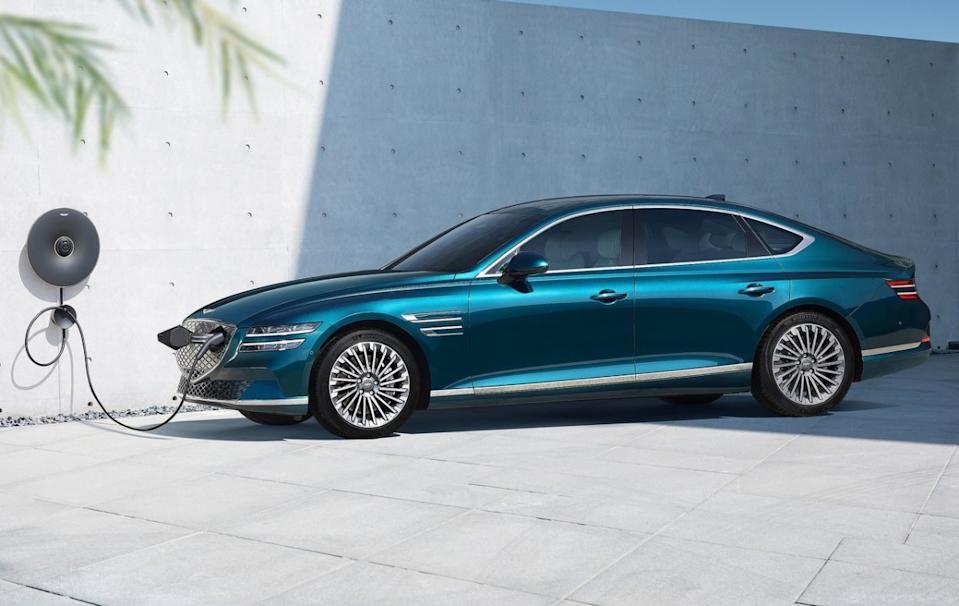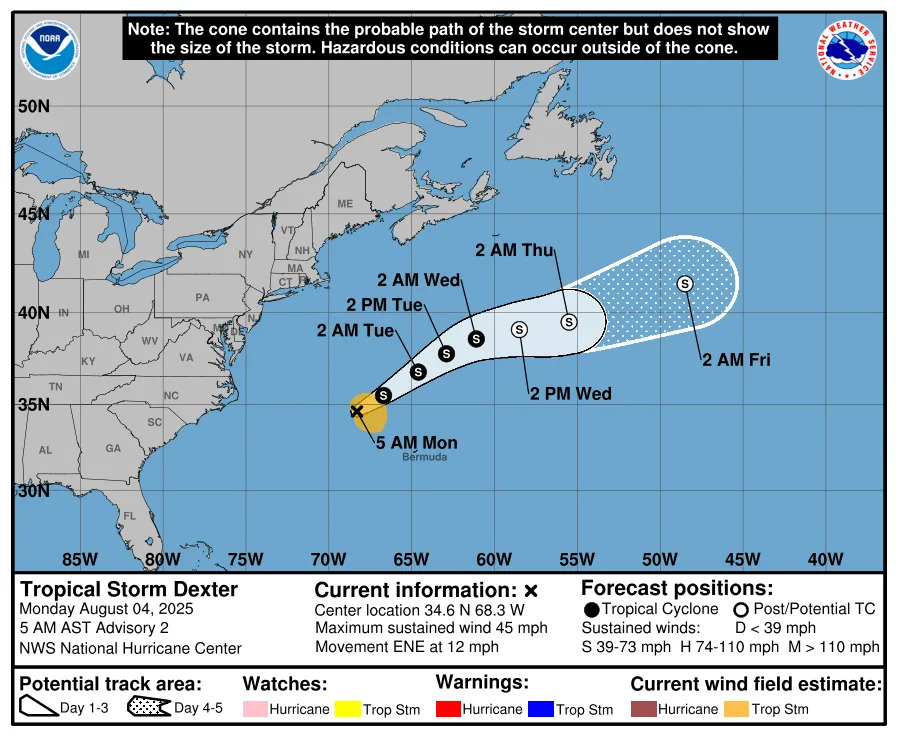You’ve probably noticed that each generation has its unique quirks and preferences. One person’s treasure can be another’s trash, especially when it comes to behaviors and attitudes. Let’s take a look at 13 traits that baby boomers often view as positive, but younger generations might find a bit off-putting.
1. Reluctance To Embrace Technology

Boomers often take pride in their ability to function without relying heavily on technology. They may see this as a form of self-reliance, rooted in a time when digital conveniences weren't as prevalent. However, younger people might interpret this reluctance as an unwillingness to adapt to the modern world. According to Sarah Smith, a technology adoption researcher at Tech Institute, younger generations see tech fluency as a necessity, not a luxury. This divide can create friction, especially when technology can streamline tasks and improve communication.
Younger people are accustomed to an interconnected world where technology makes life easier. When older generations resist adapting to new tech, it can come across as stubbornness. They may view this hesitation as a refusal to evolve with the times, which can be frustrating. In a world that values efficiency and connection, adapting to technology isn't just a choice—it's a requirement. This can make intergenerational communication challenging if one side sees tech hesitance as a barrier.
2. Preference For In-Person Meetings

Boomers often value face-to-face interactions, seeing them as more genuine and personal. They appreciate the nuances of in-person communication, considering it a more reliable way to connect and understand one another. This preference can be seen in their tendency to call meetings in person rather than opting for virtual options. However, younger generations may view this as an inefficient use of time and resources. They’ve grown up in a digital world where video calls and instant messaging are just as effective.
For younger people, the flexibility of virtual meetings allows for better time management and productivity. They prioritize convenience and the ability to connect from anywhere, anytime. This can lead to misunderstandings, with boomers interpreting the preference for virtual communication as a lack of personal touch. The generational gap here highlights differing values in what makes communication effective. It's a shift from valuing tradition to valuing efficiency.
3. Traditional Work Ethic

Boomers are often lauded for their strong work ethic, characterized by long hours and a physical presence in the office. They equate hard work with time spent at a desk, a mindset that stems from their early career experiences. However, this can clash with younger people who prioritize work-life balance and value results over hours logged. A study by Dr. Emily Reynolds, a sociologist at WorkLife Studies, found that younger workers are more inclined to seek flexible work schedules that allow for personal time without sacrificing productivity.
Younger generations tend to focus on outcomes and efficiency rather than the number of hours worked. They see value in achieving a balance that allows for personal growth and self-care. This shift can be perceived by boomers as a lack of dedication or commitment, which isn’t necessarily the case. The evolving workspace encourages flexibility, and younger workers are embracing this change with open arms. The key is finding a middle ground that respects both perspectives.
4. Tendency To Avoid Conflict

Boomers often pride themselves on their ability to maintain harmony by avoiding direct conflict. They generally prefer polite discourse and may view confrontation as unnecessary or disruptive. This approach can be seen as a form of respect and maturity, a way to ensure everyone gets along. However, younger generations might view this as avoidance or a lack of transparency. They value open, honest dialogue, even if it means having uncomfortable conversations.
For younger people, addressing issues head-on is seen as a path to genuine understanding and problem-solving. They believe in hashing out differences to reach a resolution, rather than sweeping them under the rug. This can lead to misunderstandings, as boomers might see younger people's directness as aggressive or disrespectful. The different approaches to conflict highlight a shift from preserving peace to fostering open communication. It's a matter of prioritizing transparency over decorum.
5. Loyalty To Institutions And Brands

Boomers often display strong loyalty to certain institutions and brands, seeing this as a testament to trust and reliability. They grew up in a time when brand loyalty was a staple of consumer culture, and sticking with a trusted name was a common practice. However, younger generations are more likely to shop around, influenced by reviews and ethical considerations. A report by marketing expert James Turner highlights that millennials and Gen Z are more focused on sustainability and corporate responsibility than brand names.
For younger people, loyalty is not given blindly; it must be earned through consistent quality and ethical practices. They are more likely to switch brands if they find better options or if a company doesn’t align with their values. This shift can be seen by boomers as fickle or noncommittal, but for younger consumers, it's about making informed choices. The marketplace has evolved, and with it, so have consumer priorities. This evolution demonstrates a shift from tradition to values-driven decision-making.
6. Value Of Patience And Waiting

Boomers often take pride in their ability to be patient, valuing the idea that good things come to those who wait. They were raised in a time when patience was seen as a virtue and often necessary in a slower-paced world. Younger people, however, may view this as outdated, especially in an age of instant gratification. They are accustomed to having information, services, and products available at the click of a button. This difference can make boomers seem slow-paced or resistant to change.
Younger generations thrive in an environment where immediate results are not only possible but expected. The rapid pace of technological advancements has conditioned them to be less patient. Boomers see patience as a strength, a sign of maturity and self-control. But in a world that moves so quickly, younger people might see it as a hindrance to progress. The challenge lies in reconciling these differing views on the value of time and response.
7. Respect For Hierarchy

Boomers often have a deep respect for hierarchy and the chain of command, viewing it as a necessary structure for order and efficiency. This respect is rooted in their experiences in more traditional work environments, where titles and positions dictated authority and decision-making. However, younger generations prioritize egalitarian and collaborative work cultures. A survey by organizational behavior expert Linda Cho found that millennials prefer flat organizational structures that promote idea-sharing regardless of rank.
To younger people, hierarchy can sometimes feel like a barrier to innovation and inclusivity. They value a workplace where everyone feels empowered to contribute, regardless of their title. This can be interpreted as a lack of respect for authority by boomers, who see hierarchy as a natural and effective system. The shift reflects a broader societal change towards valuing equality and collective input over rigid structures. Bridging this gap requires understanding and appreciating the benefits of both approaches.
8. Emphasis On Privacy

Boomers often value their privacy, viewing it as essential to personal freedom and security. They grew up in a time when personal matters were kept private, and boundaries were respected. Younger people, however, tend to share more openly, often documenting their lives on social media. This openness can be confusing for boomers, who see privacy as a safeguard against intrusion and exploitation. The generational divide here is marked by differing perceptions of what is considered private.
For younger people, sharing is not only a way to connect but also to express themselves and build community. They may see openness as a means to foster relationships and transparency. This can be seen by boomers as oversharing or a lack of discretion. The contrasting views on privacy highlight a shift from protecting personal information to embracing connectivity. The challenge is finding a balance that respects both privacy and openness.
9. Frugality As A Virtue

Boomers often see frugality as a positive trait, reflective of a time when resources were scarce and saving was essential. They take pride in their ability to manage finances wisely and avoid unnecessary expenses. This habit can be perceived as stinginess by younger people, who may prioritize experiences and convenience over saving. The newer generations are more inclined to spend on what brings them joy or adds value to their lives, sometimes at the expense of long-term savings.
For younger people, the freedom to spend is seen as a reward for hard work and a way to enjoy life. They value experiences, such as travel and dining, which may not align with the boomer mindset of saving for a rainy day. This difference can create tension, as boomers may view younger people’s spending habits as irresponsible. The key is understanding that financial priorities have evolved, and what was once considered frugality may now seem like unnecessary restraint. It’s about balancing saving with enjoying the present.
10. Strong Sense Of Patriotism

Boomers often have a strong sense of patriotism, shaped by historical events and a deep connection to national identity. They may see this as a positive trait, reflective of loyalty and pride in their country. Younger people, however, may have a more complex view of patriotism, questioning national policies and advocating for change. This can be perceived by boomers as a lack of loyalty or respect for tradition. The generational gap here is marked by differing interpretations of what it means to love one’s country.
For younger generations, patriotism is not just about allegiance but also about holding their country accountable. They believe in pushing for progress and addressing systemic issues, which can create friction with older generations. This shift can be seen by boomers as radical or ungrateful, but it's rooted in a desire for improvement. The challenge lies in recognizing that both perspectives stem from a place of caring deeply about their country. It’s about bridging the gap between tradition and progress.
11. Dedication To Customer Service

Boomers often place great importance on providing excellent customer service, seeing it as a reflection of competence and reliability. They value face-to-face interactions and personalized service, believing it fosters loyalty and trust. Younger people, however, may prioritize speed and efficiency over personalized service. They’ve grown up in a fast-paced world where convenience often trumps tradition. This can lead to misunderstandings, where boomers see efficiency-focused approaches as impersonal or lacking in quality.
For younger generations, the ability to get things done quickly and efficiently is a top priority. They appreciate self-service options and digital solutions that save time. This can be perceived by boomers as a decline in service standards, where the personal touch is lost. The differing priorities highlight a shift from valuing human interaction to prioritizing efficiency and innovation. It’s about balancing traditional service values with modern expectations.
12. Importance Of Face-To-Face Networking

Boomers often see face-to-face networking as a crucial part of career advancement and relationship building. They value the personal connections and trust that come from in-person interactions. Younger people, however, may find digital networking more efficient and inclusive. For them, platforms like LinkedIn or Twitter offer a broader reach and more opportunities to connect. This shift can be seen by boomers as a loss of personal touch and authenticity in professional relationships.
Younger generations appreciate the ability to network from anywhere and connect with diverse groups of people. They value the accessibility and variety of online networking, which allows them to build connections without geographical limitations. This can be perceived by boomers as superficial or less meaningful than traditional methods. The generational divide here reflects a shift from valuing personal interaction to embracing digital connectivity. Bridging this gap involves understanding the benefits and limitations of both approaches.
13. Reliance On Tried-And-True Methods

Boomers often trust tried-and-true methods, valuing their reliability and proven success over time. They may see this as a practical approach, minimizing risk by sticking to what they know works. Younger people, however, are more likely to embrace innovation and experiment with new ideas. They thrive on creativity and adaptability, often viewing tradition as a constraint rather than a safety net. This can create tension, as boomers may see younger generations as reckless or unfocused.
For younger generations, innovation is key to staying relevant and competitive in a rapidly changing world. They value the freedom to explore new solutions and challenge the status quo. This can be seen by boomers as a lack of respect for tradition and established practices. The contrasting approaches highlight a shift from valuing stability to prioritizing adaptability and growth. The challenge is finding a balance that incorporates the wisdom of experience with the dynamism of innovation.







Comments